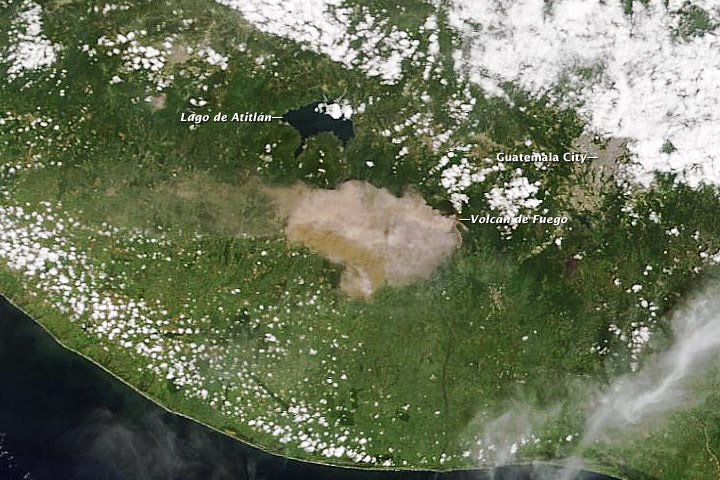This may be the most incredible volcano video ever filmed. Looking like it comes from the latest natural disaster flick, this incredible real footage was captured by Geoff Mackley, Bradley Ambrose, Nathan Berg, who came within 30 meters of the bubbling, spewing lava stream from the mouth the Marum volcano on Ambrym, a volcanic island in the archipelago of Vanuatu, off the east coast of Australia.
“Climbing down to within 30 metres of the lava it was so hot (1150 degrees) that without protection we could stand the heat for 6 seconds before retreating,” writes Mackley on his website. “With a respirator fire and heat resistant suit, [we] could stand on the edge and see the amazing spectacle for over 40 minutes.”
Wow! You can see some incredible images at Mackley’s website.
Continue reading “Adrenaline Rush: Standing on the Edge of a Spewing Volcano”

